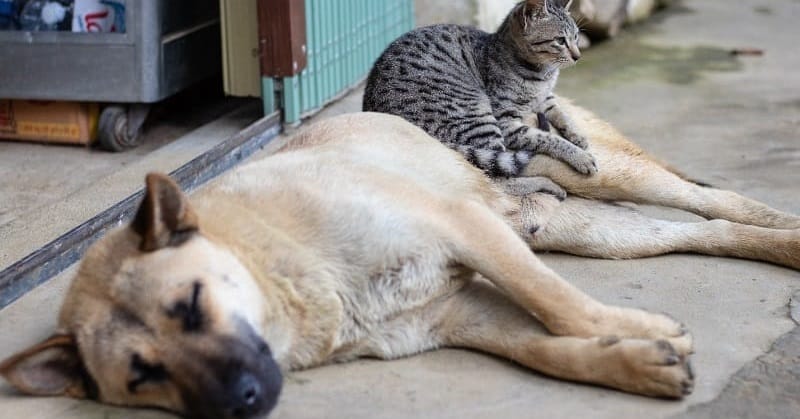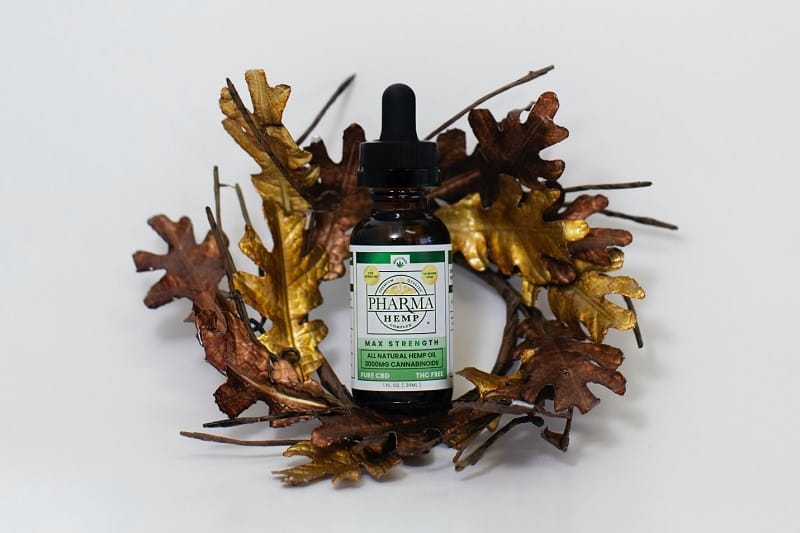
One of the primary reasons pet parents provide their fur babies with cannabidiol is because the products derive from a hemp plant. That can only mean these are all-natural substances regardless of the type – isolate CBD, broad-spectrum, or full-spectrum, with it being almost plausible to classify hemp used for producing CBD oil as organic.
Unfortunately, in many cases, it’s challenging to find a pet line where manufacturers have a level of caring for the animals they serve that comes anywhere close to meeting the concern that pet parents have for their faithful companion’s well-being.
ADVERTISEMENT
Many of the pet food brands and treat options come with harmful preservatives, fillers, and harsh additives, most of which create problems as opposed to providing benefits. Quality CBD oils should go through lab testing to avoid the likelihood of any type of contaminants or additives that could be potentially harmful.
Tips on using CBD oil for pets
CBD oil formulas for dog & cats are varied, making the administration process unique according to your specific animal. Some might not take to a particular delivery method like tinctures with drops placed in their mouth but are instead more suited to a treat.
While others might enjoy licking the oil from their paws. There are countless options. The versatility helps parents of finicky cats and obstinate dogs who are wise to new substances introduce the products into the furry friend’s routine. Some tricks that might come in handy when attempting to make the delivery more appealing follow:
• Tilting An Animal’s Head: Don’t do this when delivering drops from a tincture. A common practice at one time was to hold a pup’s head back while tightly holding the mouth shut, forcing a swallowing action. Employing this technique after squirting drops from a tincture could, in fact, result in choking and cause stress to an animal. Go to this link for safety pertaining to pets and CBD.
ADVERTISEMENT
If your pet genuinely does not want to take the oil into their mouth, try disguising it. Dogs enjoy lapping up peanut butter (for maybe a larger pup), and cats will lick the substance off of their paws if you rub it in because felines have an obsession with cleanliness.
You can also create treats for your pets, but these would need to be no-bake to prevent the oil from degrading or cooked at a minimal temperature.
• Finding An Appropriate Dose: Though finding an accurate dose does involve some trial-and-error, you want to avoid just “winging it” straight out of the gate. Make sure that you consult with your pet’s vet and read the manufacturer’s instructions carefully to determine the best level to start.
Use the tincture’s dropper for measuring the correct amount. In the beginning, you want to start with the lowest amount possible and go up from that point gradually – and slowly.
• Use Liquid for Your Pets: Extraction of cannabidiol oil comes from the hemp plant. The recommendation is to use the liquid formula for pets because it notes as being the easiest for tracking the animal’s dosage.
You can also choose between topicals, treats, and chews. Treats and chews can take an extended period to take effect as they pass through the digestive system, and they are not quite as natural as the oil is. But these are often a fan-favorite among the pets, especially for the variety of flavors.
ADVERTISEMENT

It’s critical to familiarize yourself with CBD before implementing the products, recognize the potential for adverse reactions, and what they are. There is a low risk for these and virtually no chance for overdosing. Still, each animal is unique, and you need to be aware of the possibilities in case your animal happens to be the one that develops a sensitivity.
One of the most common adverse effects is significant drowsiness, particularly with dogs, and this generally occurs when the pet has had a dose that was too large for their system.
If you notice unusual reactions following dosing, you should contact the animal’s vet to receive directives for handling the situation. Dosing can prove tricky with no established guidelines or universal approach, but with the right preparation using the appropriate channels, delivery should be straightforward. When in doubt, contact either the vet or the manufacturer to help guide you through the process.
ADVERTISEMENT
ADVERTISEMENT











